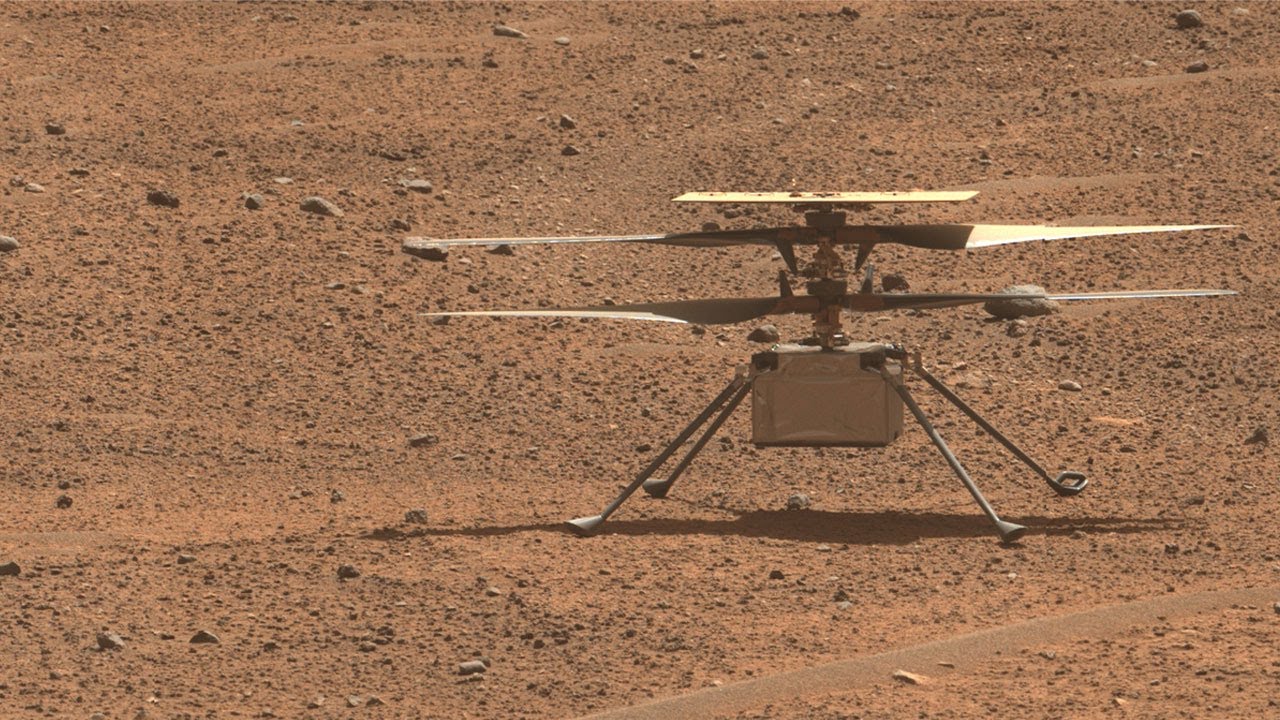The Ingenuity Helicopter first took to the Martian skies on April 19, 2021, proving for the first time that powered, controlled flight was possible on another world.
Designed as a technology demonstration that would perform up to five experimental test flights over a span of 30 days, the Mars helicopter surpassed expectations – repeatedly – only recently completing its mission after having logged an incredible 72 flights over nearly three years.
Join us for a live talk to learn how Ingenuity’s team used resourcefulness and creativity to transform the rotorcraft from a successful tech demo into a helpful scout for the Perseverance rover, ultimately proving the value of aerial exploration for future interplanetary missions.
Speakers: Dr. Havard F. Grip, Aerodynamics, Flight Control Lead, and Chief Pilot (Flights 1-37), NASA JPL
Dr. Martin Cacan, Guidance and Control Analyst, Pilot (Flights 15-37), Guidance, Navigation, Control Lead, and Chief Pilot (Flights 38-72), NASA JPL
Host: Gregory Smith, Office of Communications and Education, NASA JPL
Co-host: Sarah Marcotte, Mars Public Engagement, NASA JPL
(Original Air Date: March 21, 2024)



Except for the inability to fly, all of its sensors that were working before the accident on flight 72 and both cameras are still fully functional. So they are still capable of sending the charge data from the solar array and the charge state of the battery and temperatures of the motor cores and batteries etc.
Since flight 72 landed the helicopter has returned 2,362 NavCam images of the ground at the flight 72 landing site from its NavCam, and 36 colour images from its RTE camera, those also featuring the ground, so a total of 2,398 returned so far from the crash site. In total the helicopter has returned 13,945 NavCams and 608 RTE images during its entire mission, all are on the mission image server. (edit typo)
That’s awesome, thanks for sharing it.